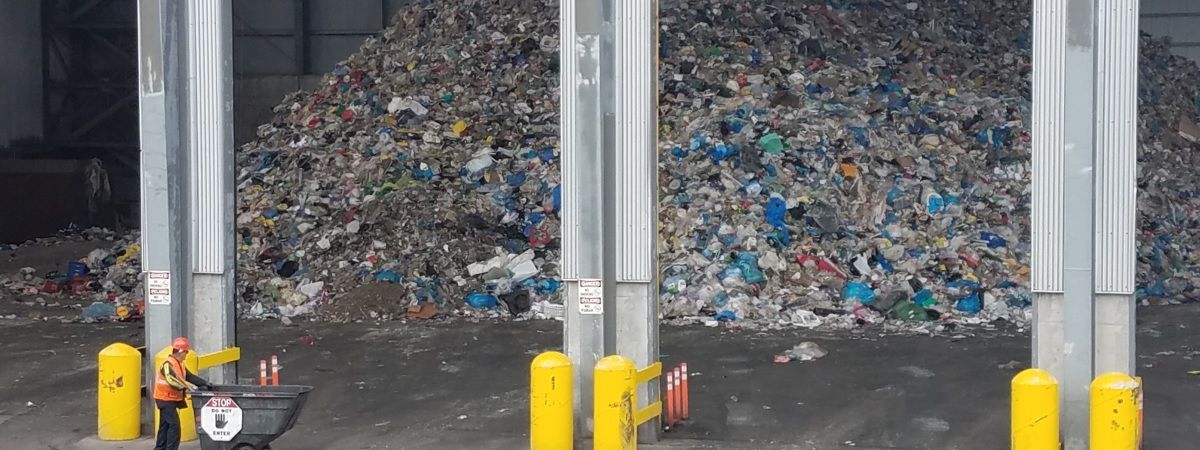Recycled plastic bottles are used to make carpet, clothing and even auto parts.
In 1881, the New York City Department of Street Cleaning was created in response to the public uproar over litter-lined streets and disorganized garbage collection. Originally called the Department of Street Cleaning, the agency took over waste responsibilities from the New York City Police Department. In 1933, the name was changed to the Department of Sanitation.
Throughout the 1880’s, 75% of NYC’s waste was dumped into the Atlantic Ocean. In 1895, Commissioner George Waring instituted a waste management plan that eliminated ocean dumping and mandated recycling. Household waste was separated into three categories: food waste, which was steamed and compressed to eventually produce grease (for soap products) and fertilizer; rubbish, from which paper and other marketable materials were salvaged; and ash, which along with the nonsalable rubbish was landfilled. The Police Department, under the direction of its Commissioner, Theodore Roosevelt, enforced the recycling law.
World War I brought an end to recycling in 1918 due to labor and materials shortages and the reinstatement of ocean dumping. Over the next 20 years, the Sanitation Department would build and operate 22 incinerators and 89 landfills.
Since the 1960’s, no new waste disposal facilities have been constructed in NYC. Active incinerators numbered eleven in 1964, seven in 1972, three in 1990, and zero in 1994. Six landfills, filled to capacity, were closed between 1965 and 1991, leaving the City with only one remaining landfill — Fresh Kills in Staten Island — for the next decade. The Fresh Kills Landfill was finally closed in 2001.
Recycling began in New York City as a voluntary program in 1986. In July 1989, with the passage of Local Law 19, recycling became mandatory.

Municipal recycling at the SIMS material recovery facility.
Collection of required materials was phased in, district by district. By 1997, all 59 districts in the five boroughs were recycling the same materials. Recycling requirements could now be promoted in comprehensive citywide advertising campaigns including TV, radio, newspaper, transit, and outdoor media.
Due to the budget crisis following the September 11, 2001 tragedy, New York City's recycling program experienced cutbacks: between July 2002 and April 2004, collection of certain materials was temporarily suspended, and collection was reduced to alternate weeks. As of April 1, 2004, weekly recycling collection of all materials was restored. By 2005, recycling diversion rates returned to prior levels.
It was only in 2017 that recycling became mandatory also for businesses and not only for residential buildings. Currently, NYC recycling rate is around 20%.
The recycling market was once again destabilized when in 2018 a waste import ban came into effect in China. China was the larger importer of plastic waste. The Covid pandemic of 2020 made the situation even worse. Plastic recycling declined to 5% in 2021, compared to 9.5% in 2014.
If we look at composting, the curbside composting program started in 2013 as a pilot in selected neighborhoods. It was suspended during the Covid pandemic and partially resumed in 2021 (Queens). Mayor Adams announced at the beginning of 2023 that curbside composting collection will be expanding to all 5 boroughs: Brooklyn in October 2023, the Bronx and Staten Island in March 2024, and finally Manhattan in October 2024.
